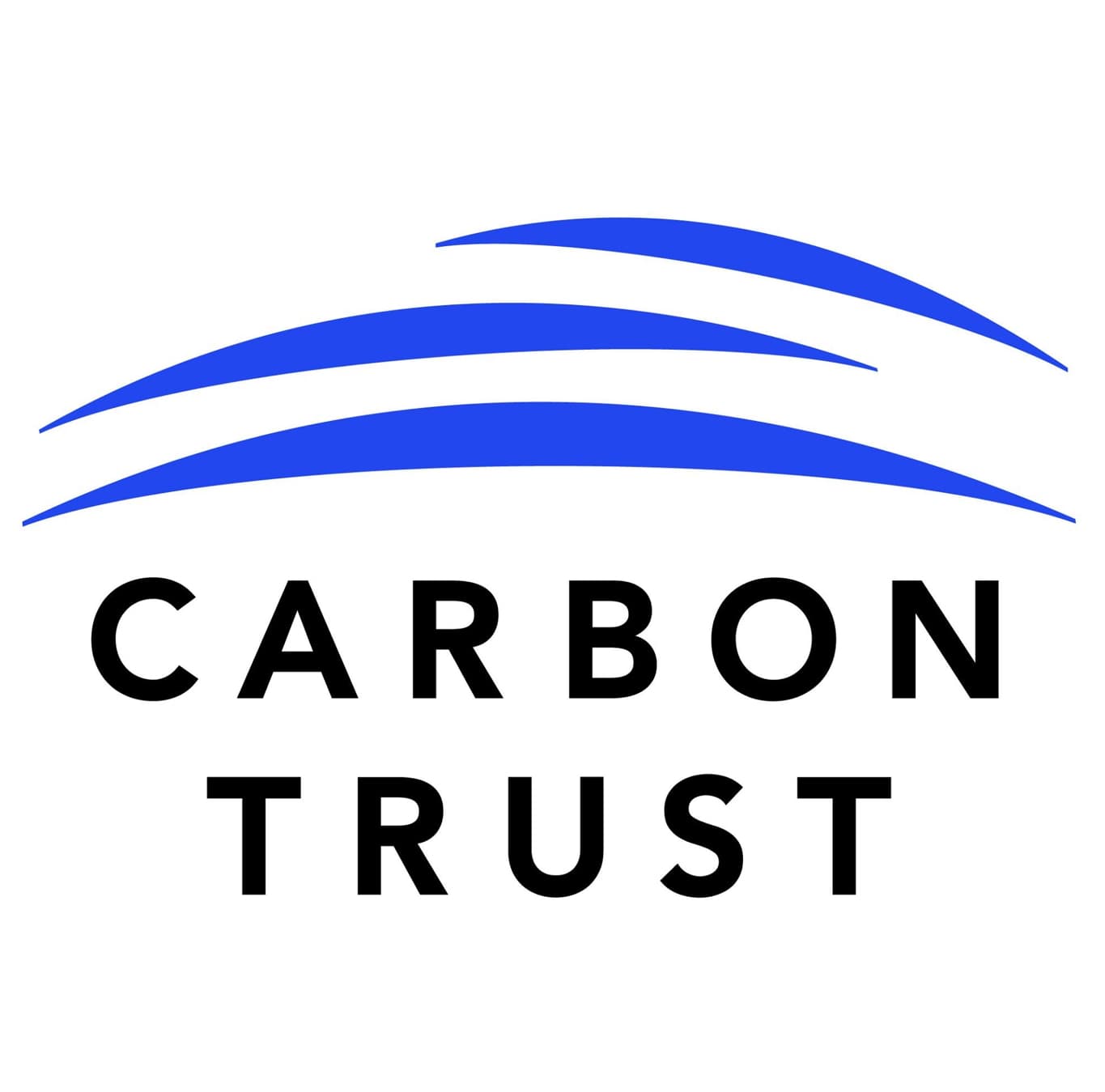Report

Consider additional audiences for your reporting
Once you have met disclosure requirements of regulations and standards, you may find it beneficial to make your findings accessible to other audiences
External audiences
Increasingly, businesses are under scrutiny to provide fully transparent and accessible information to other audiences, such as customers. Providing greater transparency to financial markets is a key driver of climate and broader ESG reporting; however, investors are not the only audience for your company’s reports. Many other stakeholders will use your reports to find out more about your company’s climate governance, strategy, risk management, and metrics and targets.
Consider whether you need to present your findings to one or more of the following audiences:
Your investors
Your consumers/customers
Regulators
Wider civil society
The audience for your reporting will determine whether you disclose information in your annual financial report, management report, through an online platform, or in a separate standalone sustainability report. Information for investors may be included in the management commentary of the financial report and/or in a separate sustainability report, depending on the rules that govern financial reporting in the jurisdiction where your company operates. To provide information to wider stakeholder groups, including civil society and customers, a standalone climate or sustainability report that is accessible through an online platform can be an effective way to present key findings to a non-specialist audience. Several reporting mechanisms also enable these audiences to more easily compare the quality of information businesses disclose, such as CDP, which provides businesses with a score based on the level of transparency of their reporting.
Internal audiences
While the main driver of climate reporting is the need to provide transparency to investors, regulators, and consumers, some businesses get caught in a trap of seeing climate disclosure as a tick box compliance exercise and can lose sight of why they are reporting in the first place.
Reporting is designed to demonstrate that your business has a robust approach to climate-related matters in place, and it is therefore important that you use annual disclosure as a critical milestone in internal engagement with your climate action strategy. The day-to-day decisions that your managers take can have a significant impact on your company’s approach to climate change. Their decisions can either increase or decrease the speed, likelihood, or severity of the risks and opportunities identified. It is therefore crucial to ensure that your managers are aware of how they can support the strategic direction of your company.
For your company to harness the value of sustainability reporting, you may want to digest and present the findings of your climate reports internally in a way that is more tailored to decision-makers within your business and supports them to take action. Your business may already do this for your annual financial reports, when you explain to staff how the business is performing and what the future outlook is expected to be.
To maximize the impact of your sustainability reporting throughout your company, you could:
Prepare condensed, more targeted versions of your full sustainability reporting that managers can use as a reference point
Arrange meetings with managers to discuss how your company’s climate exposure and Net Zero transition will affect their work
Establish a feedback loop with your managers in which they provide vital information about how your company’s transition is playing out on –the ground, which can be incorporated into future strategic decision-making and reporting